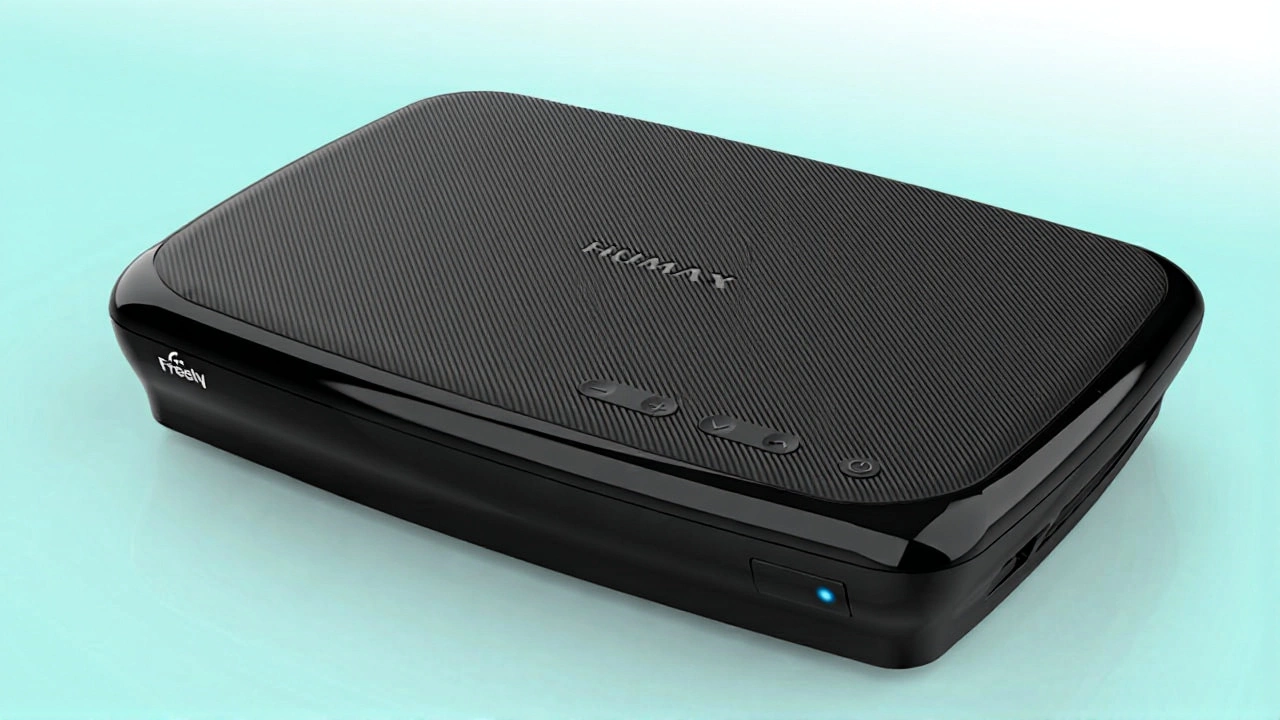Freely – Understanding Free Access and Its Impact
When we talk about Freely, the idea of using, sharing, or modifying something without cost or restrictive barriers. Also known as free, it shapes how we consume media, software, and information online. Freely isn’t just a word; it’s a practice that fuels collaboration and innovation.
One of the biggest ways people experience Open Access, a publishing model that makes scholarly articles available to anyone without a paywall is by reading research papers without hitting a subscription wall. Open Access requires clear licensing, often provided through Creative Commons, a set of standardized licenses that let creators specify how others may use their work. These licenses range from “CC BY” (allowing any reuse with attribution) to “CC0” (dedicating the work to the public domain). The relationship is simple: Open Access enables free distribution, while Creative Commons defines the rules that keep that distribution legal and predictable.
Why Public Domain Matters
When a work lands in the Public Domain, it enters a realm where no one holds exclusive rights, so anyone can copy, remix, or sell it. This is the purest form of Freely sharing—no licenses, no permissions needed. Public domain material fuels everything from classic literature projects to modern mash‑ups on social media. It also influences how creators choose licenses: many opt for Creative Commons instead of public domain to retain some control while still encouraging free use.
Another practical angle is the Freemium, a business model that offers basic features for free while charging for premium upgrades. The freemium approach shows how Freely can coexist with revenue goals. Companies provide a free tier to attract users, then use optional paid features to sustain development. This model hinges on clear digital rights so users know what they can do with the free version versus the paid one.
All these pieces—Open Access, Creative Commons, Public Domain, and Freemium—form a network of digital rights that shape what we can call "free" online. The central idea is that Freely encompasses any content that can be accessed or reused without monetary or legal hurdles. It requires transparent licensing, and it enables broader participation in knowledge creation. When you combine these concepts, you get a vibrant ecosystem where creators, researchers, and everyday users all benefit.
In practice, you’ll see Freely appear in news about streaming apps, in guides on how to develop a live cricket line website, and even in discussions about housing plans that promise affordable, open‑access designs. The diversity of the topics on this page reflects how the principle of free access cuts across sports, tech, and urban development. Below, you’ll find a mix of articles that explore these angles—from streaming alternatives to cricket apps, to the nitty‑gritty of open‑source development.
Ready to see how these ideas play out in real examples? Scroll down to discover practical tips, in‑depth analyses, and stories that illustrate the power of operating Freely in today’s digital world.

